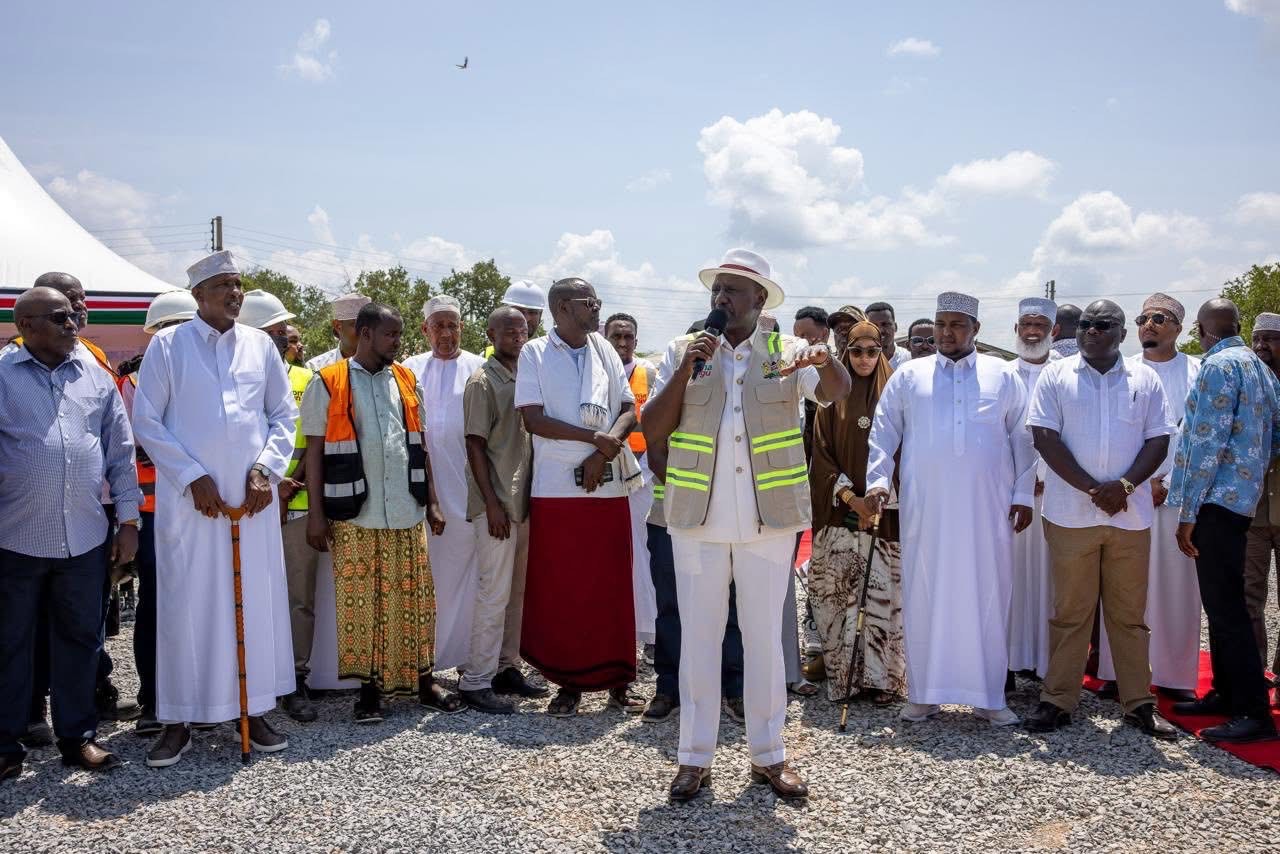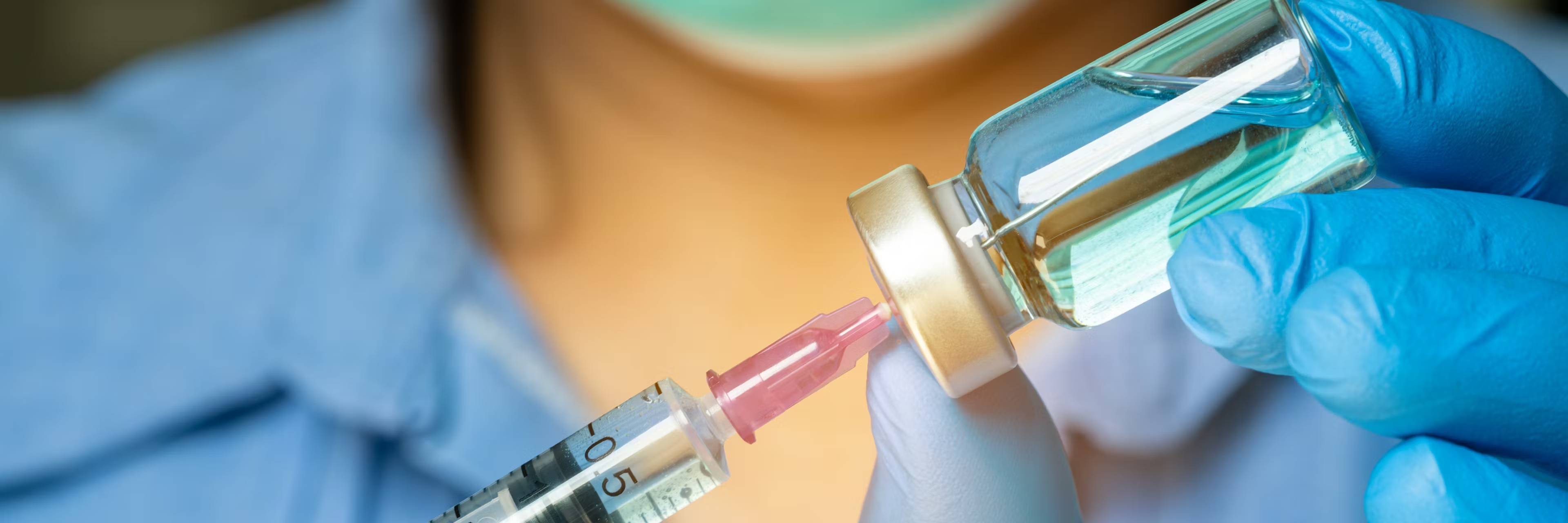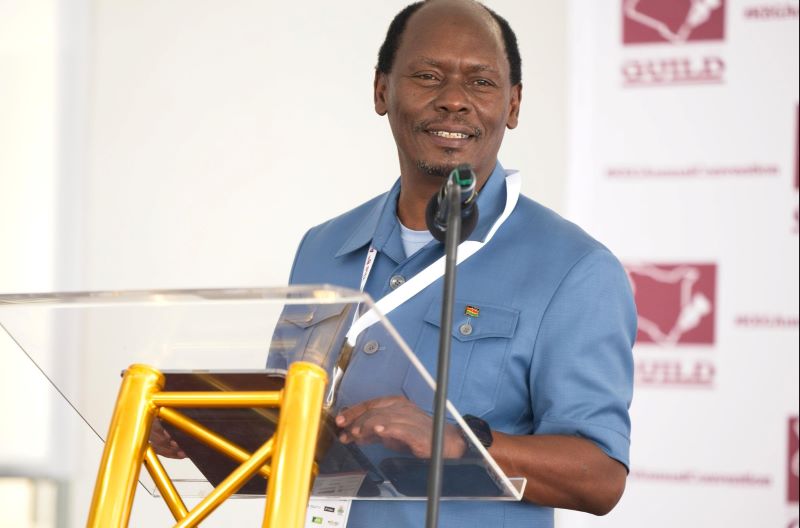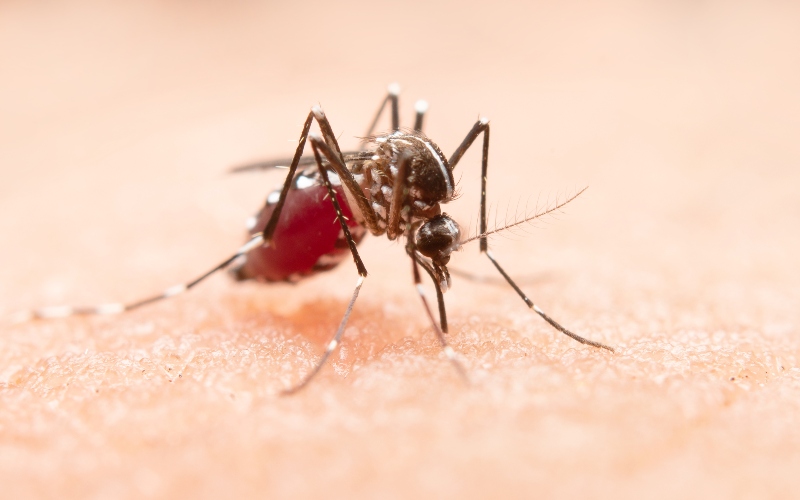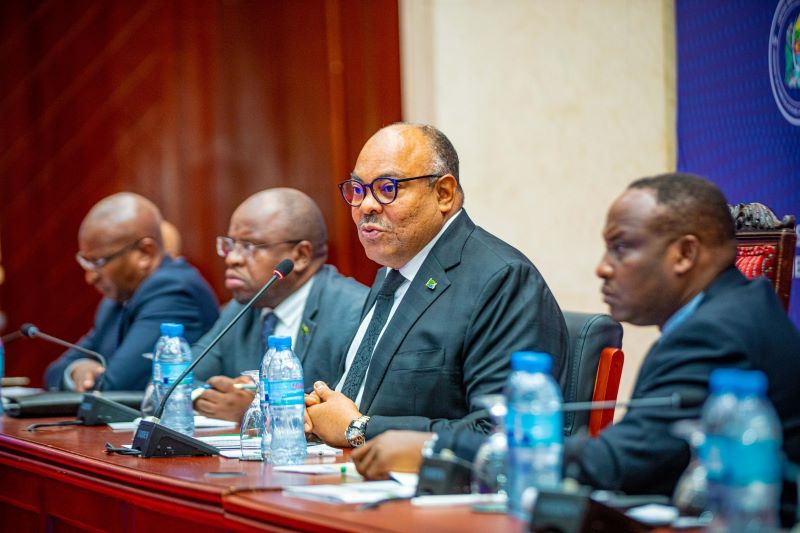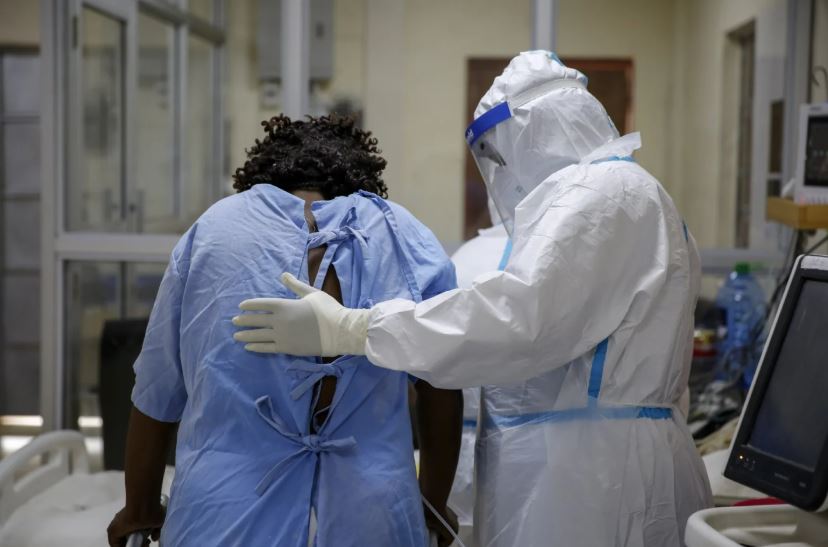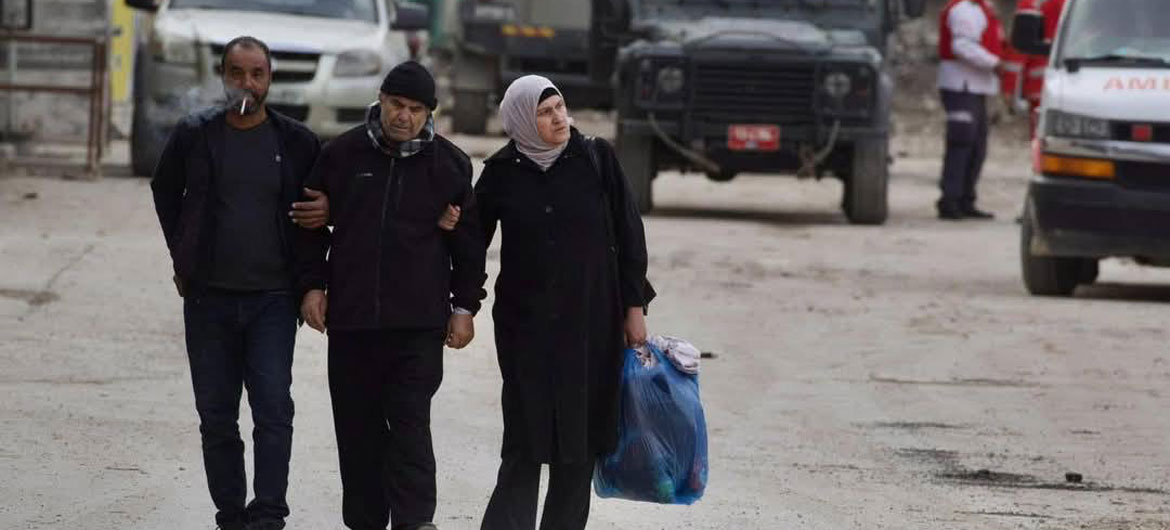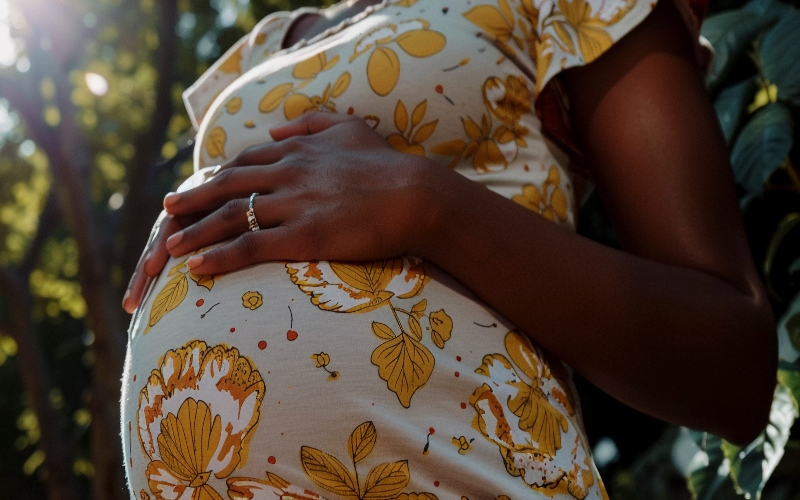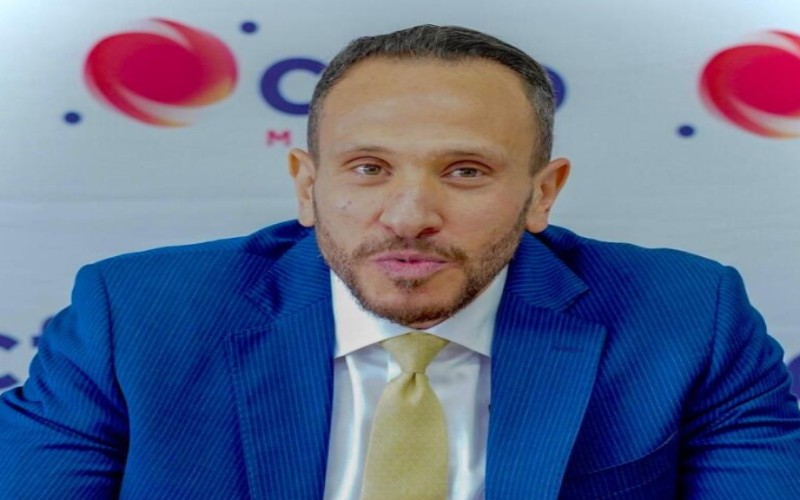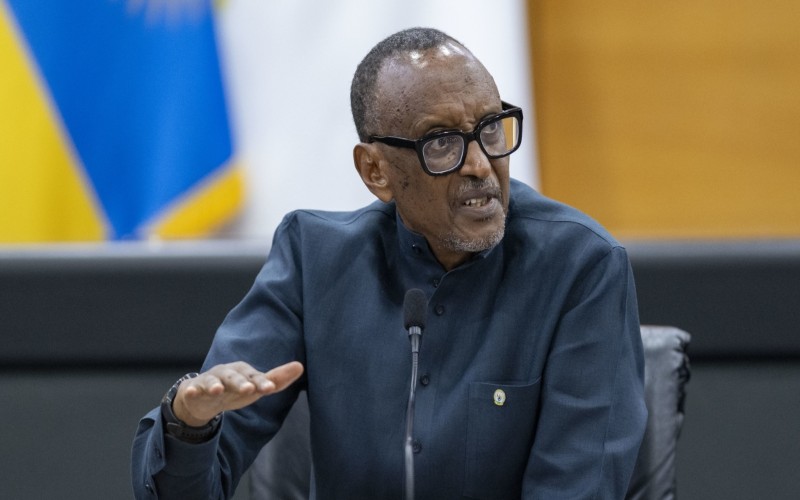Kenyan conquering Mt Everest without supplemental oxygen nears the summit

The lack of oxygen, according to Muhia, is why most mountaineers use supplemental oxygen the death zone.
Kenyan mountaineer Cheruiyot Kirui has less than a week left until he reaches the summit of the world's highest mountain, Mt Everest.
On April 18 this year, Kirui, a banker with the KCB, started sharing the highlights of the daring climb that he attempted without using supplemental oxygen, putting to test the limitations of his body.
More To Read
- All hikers safely evacuated after Mt Everest snowstorm, Chinese authorities confirm
- Blizzard traps over 200 hikers on Mount Everest’s Tibetan slopes, rescue efforts underway
- Ministry of health develops national oxygen access roadmap to improve supply in Kenya
- Remembering Joshua Cheruiyot Kirui: Family and friends celebrate the life and times of maverick mountaineer who died on Mt Everest
- Family decides to leave Cheruiyot Kirui’s body on Mt Everest
- FAKE: Video of body retrieved from Mt Everest is not Cheruiyot Kirui’s
In his latest update on Thursday evening, Kirui had reached the Khumbu Icefall and tonight he is scheduled to embark on the remaining part that will take him five days to complete.
The Khumbu Icefall is 7,950 metres above sea level but Kirui's goal is to hit the Mt. Manaslu summit at 8,163 metres above sea level.
"Earlier today, our man on Mt. Everest explored a bit of the Khumbu Icefall. This is the most dangerous part of Mt Everest in terms of objective risks. Overhanging seracs (blocks of ice) that can collapse without warning, crevasses, and the shifting glacier."
"In fact, it is expected that this season, the climb from basecamp to camp 1 will take an extra 2 hours as the set route is longer in an attempt to evade some large crevasses that could not be bridged by ladders. Tomorrow night, he leaves Basecamp 4 (located at an altitude of 7,950m) before descending back to basecamp. This will take 4-5 days," James Muhia, his co-climber, posted on X.
Last Sunday, Kirui reached what is known as the 'death zone', where there is no sufficient oxygen concentration and atmospheric pressure to sustain human life.
The lack of oxygen, according to Muhia, is why most mountaineers use supplemental oxygen above this altitude. He added that most climbers use supplements after 7,500m because the body cannot acclimatise further above this altitude.
Before embarking on the climb, Kirui said he needed to do it without supplemental oxygen. Otherwise, he wouldn't have felt like he would have achieved much.
"I want to see how my body can cope at such altitude. Climbers who ascend higher than 8,000 metres on Mt Everest enter the 'death zone.' In this area, oxygen is so limited that the body's cells start to die, and judgement becomes impaired," Kirui told journalists at the time.
His co-climber, James Muhia, on Sunday, added that "Mt. Everest is 8,848m (nearly the cruising altitude of commercial airlines). It is beautiful up there. Very few people in the world will ever have the privilege of experiencing what it is like to be in the death zone. The feeling can only be experienced."
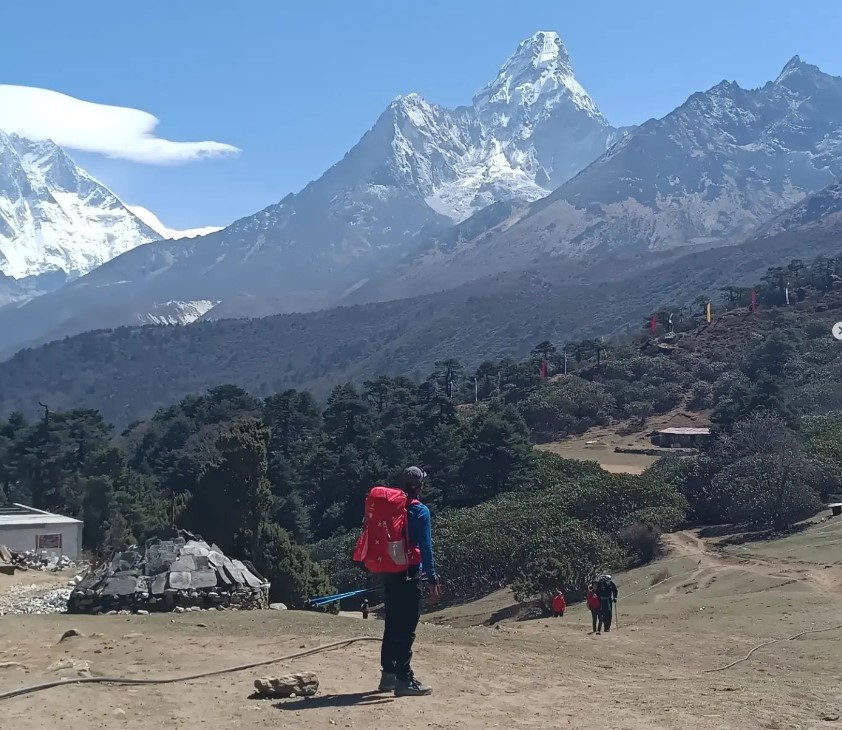 Kenyan Mountaineer Cheruiyot Kirui admires Mt Everest during his conquest in April 2024. (Photo/Cheruiyot Kirui)
Kenyan Mountaineer Cheruiyot Kirui admires Mt Everest during his conquest in April 2024. (Photo/Cheruiyot Kirui)Kenyan Mountaineer Cheruiyot Kirui admires Mt Everest during his conquest in April 2024. (Photo/Cheruiyot Kirui)
Muhia emphasised that Kirui will go down in history as the first African to summit a peak above 8,000m without supplemental oxygen when he gets to the summit in the coming few days. In May 2022, James Kagambi made history when he became the first Kenyan man to summit Mt Everest (8,849) using supplemental oxygen at the age of 62.
"Climbing Everest has been done before. I think the only difference is that I am trying to climb without supplemental oxygen. That has not been done by any African. It's a tough way to climb Mt Everest. It is riskier than climbing with supplemental oxygen. So you need to be extremely fit. The success rate of climbing without supplemental oxygen is less than 40 per cent," Kirui told journalists before embarking on the climb.
According to James Muhia, his co-climber, only two per cent of all Everest summits have been achieved without supplemental oxygen. Summiting Mt Everest without supplemental oxygen will be the ultimate goal for the duo.
In September last year, in preparation for this climb, Muhia and Kirui summited Mt Manaslu (8,163m) in Nepal without supplemental oxygen.
Kirui, a frequent mountain climber, has summited Mt Kilimanjaro (5,895m) severally and Mt Kenya over 20 times, Mt Ruwenzori and the Aberdare ranges multiple times. He has also participated in multiple marathons, both locally and abroad.
"There, your body is not structured to survive with that oxygen concentration, which is around a third of what is at sea level. The idea is that when you are there, you get to the summit as fast as possible and then down before your body starts shutting down or dying," he added.
Though deemed as one of the toughest peaks to summit in the Himalayan mountains, every year, Mr Everest, located between Nepal and Tibet, attracts mountaineers from across the globe who take part in what is referred to as "The Everest Season". The average expedition time for the Everest Summit Expedition is 40 days and the timing is usually after May 15, when temperatures are warmer, winds are slower, and rain is less frequent and heavy to avoid slippery trails.
Statistics from the Himalayan Database, a record of climbs on the Nepalese mountains, show that for every 33 people who attempt to summit Mt Everest, at least one dies.
A 2019 Reuters report 'Dangerous Heights', which picked information from the Himalayan Database, notes that most fatalities on Mt Everest that year were due to acute mountain sickness (AMS), or exhaustion, one of the main effects of AMS.
"Breathing becomes difficult because the body isn't able to take in as much oxygen. Other symptoms include nausea and vomiting, headaches, dizziness and shortness of breath," the report states, adding that the majority of the deaths occurred in the "death zone".
Top Stories Today
